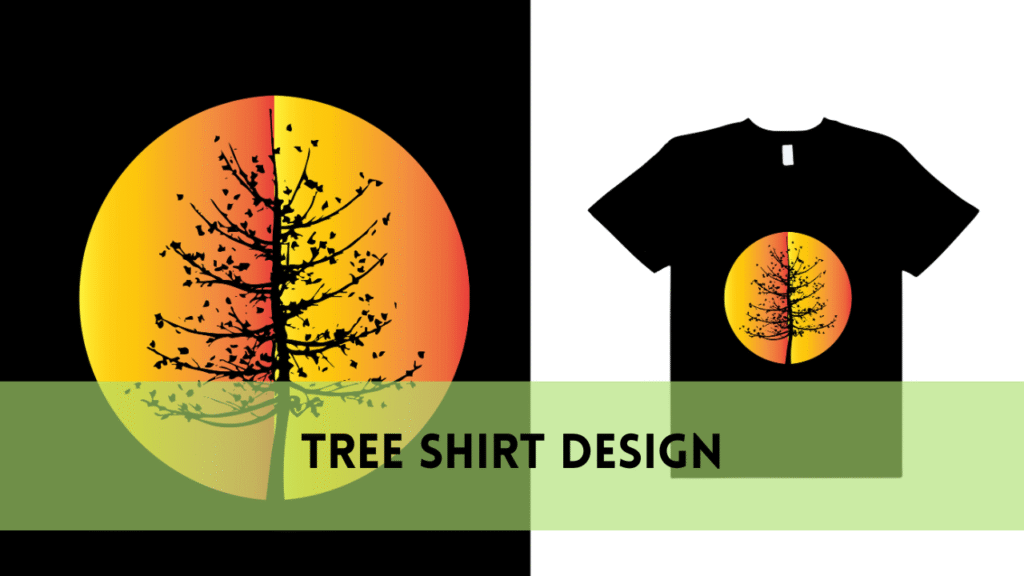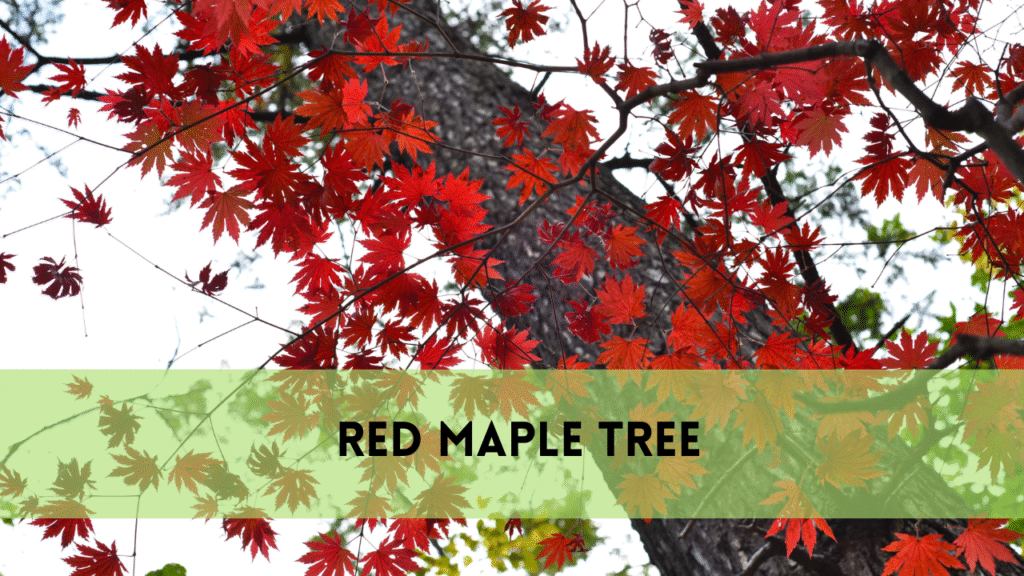How to Trim bonsai tree?
Bonsai, originating from the Chinese term “penzai” is the art of cultivating miniature trees in pots. These little wonders are not just plants but vivid works of art packed with the beauty of nature in a tiny container. The bonsai tree is living proof of the balance between human care and nature’s resilience. Almost like their full-sized counterparts, these miniature trees have captured the hearts of garden enthusiasts and artists around the world.
The importance of trimming bonsai trees
Like any living organism, bonsai trees need care and attention to grow. Among many important bonsai care practices, pruning is an original and creative part. Trimming is not just about maintaining a large tree; It is a subtle process that affects the overall health, size and beauty of the tree. Proper pruning of a bonsai will help keep it healthy, maintain its artistic form and keep it growing.
Tools and Materials For trimming bonsai trees
Before you embark on the journey of pruning your bonsai, it is important to gather the necessary tools and supplies. The right tools not only make the process easier but also ensure that you can make precise, clean cuts, which is important for the health and beauty of your bonsai.
Tools needed to prune a bonsai tree
Let’s take a closer look at the tools you need:
Bonsai Cutters (Scissors) .
Bonsai pruning shears are your primary pruning tool. These unique movements come in a variety of sizes and shapes, each designed for a specific purpose. There are three main components:
Concave Branch Cutters: Best for removing branches without leaving visible scars.
Knob Cutters: Used to carefully remove knobs or grooves where branches have been removed.
Leaf trimmers (scissors): Designed to evenly cut leaves and small branches.
Bonsai wire cutters
Wire cutters are necessary to remove or replace the wires used for your bonsai. They have sharp, precise tips that help prevent damage to the branches or trunk.
Muscle interruptions
Pruning is necessary to trim muscles and maintain a healthy root system. While not used at every pruning, it is essential for the overall health of a bonsai.
Gin Pliers
Gin pliers are used to make gin, which is deadwood in bonsai trees. These features mimic the look of grown and drooping branches, adding character to your tree.
Additional Tools and Equipment
In addition to the necessary cutting tools, you may need some other tools and supplies.
Wiring
Wiring is an important process for bonsai trees. You will need varying thicknesses of bonsai wire to hold the branches in the desired position during the process.
Bonsai landscape
Excellent bonsai soil provides essential nutrients and drainage to your tree. It is important to find the right soil mix for your particular bonsai species.
Bonsai pots
Although not used during pruning, bonsai pots are an important part of exposing your entire tree. Choose a pot that matches the shape and size of your tree.
Feed box
Fine watering cans are convenient for delivering the right amount of water to your bonsai without disturbing the soil or branches.
Chemicals
Bonsai-specific fertilizer ensures your tree gets the nutrients it needs to thrive.
Grinders
A turntable provides easy access to all sides of your bonsai during pruning and shaping.
Protective equipment
Wear gloves to protect your hands, especially when handling sharp tool blades.
Now that you’ve gathered the necessary tools and materials, you’re ready to move on to the next step: choosing the right time to prune your bonsai tree. Proper preparation allows for successful bonsai care and maintenance.
Choosing the Right Time For trimming bonsai trees
Pruning your bonsai tree at the right time is critical to its health and overall well-being. The timing of pruning can affect the tree’s response, growth, and recovery ability. Let’s explore the key considerations when choosing the right time to prune your bonsai tree.
Time Availability
Spring
Spring is generally the best time to prune most types of bonsai. At this stage, the tree enters its active growth phase and has the strength to recover rapidly from its pruning injuries. Spring pruning allows you to effectively remove excess growth to shape the tree.
Late spring to early summer
For deciduous bonsai trees, the best time to prune is late spring to early summer. By this time, the tree has fully outgrown its leaves, making it easier to see its shape and structure. This is also when branching and branching are at their strongest.
Late spring to early fall
For some species, such as conifers, maintenance pruning in late spring to early fall is appropriate. At this point, you can prune the new growth to maintain the shape and weight of the tree.
Specific timing of species
Different types of bonsai have different growth patterns and requirements. It’s important to understand the specific needs of your tree:
Deciduous trees
Thin trees, such as maples and elms, should be pruned in late winter or early spring before they begin to grow. This gives you a good idea of the shape of the tree and encourages vigorous spring growth.
Conifers
Conifers, such as pines and junipers, are usually pruned in late winter or early spring, but some maintenance pruning may also occur in late spring or early fall. Avoid pruning conifers while they are dormant in the winter.
Tropical bonsai
Tropical bonsai varieties can be pruned year-round because they do not have a dormant state like tropical trees. However, it is best to avoid harsh pruning during their weakest growth period.
Extreme Weather Avoidance
Avoid pruning your bonsai in severe weather. This includes very hot, cold or windy days. Extreme weather can stress a tree and impair its ability to recover from pruning wounds.
Your Bonsai Health Check
Check the overall condition of your bonsai before planning your trim. If your tree is struggling with issues like pests, diseases, or poor growth, it’s best to address these problems before pruning. A healthy tree will respond well to pruning.
Summary of Information
Choosing the right time to prune your bonsai is an important step in maintaining it. By considering timing, your species’ specific needs, and its current health, you can ensure that your bonsai will thrive after pruning. In the next section, we will explore how to check the condition of your bonsai before we start pruning it.
Trimming Bonsai Trees
Before you grab your pruning hat and start pruning your bonsai, it’s important to analyze its current state. A thorough assessment helps you identify your tree’s specific needs and identify areas that need attention. Here’s a step-by-step guide on how to properly evaluate your bonsai:
Visual inspection
Start your research by taking a closer look at your bonsai tree. Pay close attention to the following:
Leaf health
Examine the leaves or needles of your bonsai. The shine may be smooth, spotless, or dull. Check for signs of disease or insect infestation.
Overall and balance
Notice the overall shape and balance of your bonsai. It should be harmonious and aesthetically pleasing. Look for any irregularities or imbalances in the branches and leaves.
Branch structure
Check the shape of the branches of your bonsai. Make sure the branches are well distributed, evenly distributed and not crossing each other. Look for dead or stunted branches.
Nebari (Primary Fire) .
At the base of the tree, examine the visible nebari of the root system. It should exhibit a well-formed, evenly spaced natural cone as it passes over the tree.
Screening for the presence of viruses and diseases
Check your bonsai carefully for signs of infection or disease. Common issues include aphids, scale insects, fungal infections and leaf spot diseases. If you find a problem, check it out for further treatment.
Soil and Potting Conditions
Check the soil conditions in your bonsai pot. It should be well drained but not thick. Inspect the pot itself for cracks or debris that could affect the health of the tree.
Development Model
Watch your bonsai grow. Are there areas of excessive growth that need to be pruned to keep the tree in shape? Conversely, is there weak or steady growth to focus on?
Recent changes
Consider any recent changes in your bonsai environment or care plan. Changes in sunlight, water, or fertility can affect a tree’s health and growth.
Text and graphics
As you evaluate your bonsai, mention specific issues or areas that need attention. It is also helpful to take pictures from different angles to document the current state of the tree.
Summary of Information
Examining your bonsai is an important step before you start trimming. This allows you to adjust the pruning method to suit the specific needs of your tree. In the next section, we’ll go through bonsai pruning techniques and principles, walking you through the process step by step.
Bonsai Trimming Techniques
Trimming is one of the basic skills of bonsai care. It is the appearance of your bonsai that is beautified by the branches, twigs, and foliage it chooses, improving its overall health and vigor. In this section, we will explore various pruning techniques and step-by-step instructions which will help to prune your bonsai properly. We will provide guidance.
Basic principles of bonsai pruning
Before delving into specific pruning techniques, it’s important to understand the basic principles that govern bonsai trimming:
Removal of unwanted growth
That includes removing branches or leaves that detract from the desired shape, structure, or beauty of your bonsai. This selective elimination is critical to maintaining balance and harmony.
To encourage development
Trimming your bonsai stimulates new growth in certain areas of your bonsai. By removing unwanted branches or leaves, you redirect the tree’s energy to growth in specific areas or areas.
Creation of visual appeal
Twists can be used to create visual interest, such as creating space (called “miyabi”) in the structure of the tree, which adds depth and character to your bonsai.
Types of interrupts
There are several types of blades used in bonsai pruning, each serving a specific purpose:
Configuration Trimming
Maintenance Pruning Small branches, branches, or leaves are often removed to maintain the shape and size of a bonsai. Use sharp bonsai scissors for even cuts, and cut or shoot a clean square just above the leaf node.
System Interruptions
Structural pruning is comprehensive and is used to develop and refine the overall structure of your bonsai. This may involve removing large branches or redirecting growth by pruning back to specific branch junctions.
Pinchanam
Pinching is a method of encouraging strong branching in new branches and remains desirable. Just scrape the edges of new trees with your fingers or bonsai scissors.
Each installation step
Now, let’s go through the step-by-step process of pruning your bonsai tree:
Gather your equipment
Make sure you have the necessary pruning tools, including bonsai shears, curved branch trimmers, and branch trimmers, and safety gloves if needed
Identify areas to be cut
Check your assessment of the tree condition and desired goals. Select those twigs, branches, or leaves that need to be trimmed to achieve the desired look and balance.
Start maintenance cutting
Maintenance-sorters will be started. Prune any small twigs, branches or leaves that are growing in unwanted areas or interfering with the overall appearance. Clean cuts just above the leaf nodes or branches.
Proceed to structural pruning
If configuration changes are required, make configuration cuts. Carefully select the branches you wish to remove by making a clean cut just above the branch collar or at the appropriate point where the branches meet. For larger branches, use curved branches or pruning shears to minimize scarring.
Further stability improvements
Use your fingers or bonsai scissors to trim the ends of new branches where you want to encourage healthy growth. This increases branching and branching of the tree.
Step back and think
Step back from time to time to see how you have progressed. Ensure that the overall shape and balance of the tree remains maintained or improved.
Termination
Make any final adjustments or alterations to get the look and feel you want. Make sure the health and vigor of the tree is maintained throughout the process.
Post-Incision Precautions
After pruning, it’s important to give your bonsai proper external care, including adequate watering, growth and protection from harsh weather
By getting these trimming techniques and principles right, you will be well on your way to shaping and refining your bonsai’s appearance while ensuring that it remains healthy and vibrant. In the next phase we will explore the use of knots and shaping techniques in bonsai care.
Wiring and Shaping
Wiring and shaping are important techniques in caring for a bonsai, allowing you to carve and shape your tree to your liking. This section will provide detailed instructions on how to properly use wire to grow your bonsai.
Purpose of wiring
Wiring serves several important purposes in bonsai care:
Structural Support
Wiring provides temporary support for branches, allowing bending and shaping.
Styling
Wiring allows you to create and balance the desired aesthetic for your bonsai, enhancing its visual appeal.
Training
Wiring can reverse growth direction and direct branches and leaves to grow in a certain direction, to achieve the desired artistic vision.
Related Posts:
Types of wires
There are two main types of ropes commonly used in bonsai:
Aluminum Wire
Aluminum wire is easy to work with and comes in different thicknesses. It suits most types of bonsai and is often preferred by beginners because of its simplicity and ease of use.
Pots and Repotting
Choosing the right pot for your bonsai and knowing when and how to restore it are important aspects of caring for a bonsai tree. In this section, we will examine the importance of pots and walk you through the process of planting your bonsai tree.
Bonsai pots are important
Bonsai pots are not just pots you put on your trees; They are an important part of the overall health of your bonsai. Here’s why choosing the right pot is important:
Aesthetic Harmony
The pot should complement the type, size and age of your bonsai, and enhance its visual appeal.
Rooting area
The bonsai pots are shallow, which discourages root growth and encourages an even root system which is essential for the beauty and health of a bonsai
Drainage
Bonsai pots have drainage holes, allowing the plant to retain moisture.
Stability
The weight and structure of the mold provide stability to the tree, preventing it from moving.
Choosing the right bonsai pot
Choosing the right bonsai pot considers the following factors.
Size
The pot should match the size of your bonsai. It should be large enough to accommodate the roots comfortably but not so large that it overwhelms the tree.
Style
The pot style (size, color and design) should complement the overall characteristics of your bonsai. For example, formal, informal, or drip bonsai may require different potting techniques.
Drainage
Make sure the pot has enough holes to allow water to collect at the bottom, which can lead to root rot.
Materials
Bonsai pots are usually made of clay or clay. Each material has different characteristics such as heavier clay pots and more porous clay pots. Choose materials that best suit your bonsai needs.
Depth
Potting depth affects root depth and by extension, the overall health and stability of the bonsai.
Restoring the Art of Pottery
Repotting is an important maintenance process for bonsai trees. It helps nourish the soil, prune the roots and ensure there is enough space for the tree to grow. Here’s a step-by-step guide on how to restore your bonsai:
Timing
Replant your bonsai when it is dormant or just before the start of the growing season. Timing can vary from species to species, but early spring is generally the right time for most bonsai.
Gather materials
You will need a new bonsai pot, bonsai soil mix, root lines, scissors and a drain net.
Remove the tree
Gently remove the bonsai tree from the current pot. Be careful not to damage the roots.
Root pruning
Use pruning shears to prune the roots. Remove one-third of the roots, cutting off any thick, woody stems. This encourages new, beautiful tissue that feeds growth.
Cleaning new pots
Place a filter net over the pot inlets to prevent soil from entering. Add fresh bonsai soil.
Reestablishing the tree
Carefully place the bonsai tree in the new pot, making sure it is centered and at the desired height.
Soil fill
Fill the remaining space in the pot with bonsai soil, making sure the roots are covered and the plant is stable.
Conclusion
Congratulations on completing your journey through the art of pruning and caring for bonsai trees! In this final section, we will summarize the important points and provide some additional tips to help you excel in your bonsai tree care. Trimming a bonsai tree is more than just gardening; It is an art form that requires patience, dedication and a deep connection with nature. As you’ve learned, the key to proper bonsai care is to understand your plant’s needs, respect its natural growth patterns and always give it the proper care




